|
Festivals
Every week there must be a festival going on somewhere in Japan. But no place does festivals bigger or more elaborately than the Imperial Capital of Kyoto. This is the Hollyhock Festival, which is held in the spring each year. The ox is pulling a cart that held the princess during medieval times.
Portable Shrines
When a festival is held, each district has a portable shrine that is brought out for the parade. These shrines can weigh anywhere from a few hundred to a few thousand pounds. The larger ones require more than a hundred people to carry. This picture was taken at a fertility festival in a suburb of Tokyo. The object of worship in the shrine is a large phallus.
Spring Festival
Some of the larger shrines are too big to carry and must be put on wheels. This festival float in the Spring Festival in Nikko, which is being pulled by long ropes, holds several people playing traditional instruments.
Gion Festival
The floats in the Gion Festival in Kyoto are several stories high and carry a few dozen people, who chant and play traditional instruments. The stoplights along the parade route are on hinges so that they can be taken back on festival day to accommodate the floats. It is not allowed to string power or telephone lines across these streets. The people of Kyoto take tradition very seriously.
Festival Music
No festival is complete without music. The instruments include drums, flutes and small cymbals that are struck with wooden sticks.
Fire Festival
A fire festival is held on the outskirts of Kyoto each year. You would think that someone would get hurt, but they seem to know how to handle this type of thing.
Awa Dance Festival
The Awa Dance Festival is held in Tokushima on the island of Shikoku in the middle of August every year. It runs for three days and attracts hundreds of thousands of spectators and participants. As the day time temperatures are usually in the 90's (35 degrees centigrade), the dancing usually doesn't get started until the sun goes down. Groups of fifty to one hundred people compete. It is a big honor to win this competition.
Sanno Festival
The Sanno Festival is held each year at the Hie Shrine in the center of Tokyo. It is bizarre.
Kansai
Summer festivals are often known for drinking and rowdiness, and no festival is rougher than the Kishiwada Danjiri Festival, held each summer in Osaka. In the past, at least one spectator or participant would be killed every year when one of the floats tipped over or ran into the crowds. With better crowd control and policing, it is not as dangerous as it used to be. The float here is being pulled up to the local shrine to be blessed by the priest.
Noh Dance
Traditional noh dances are often put on at Shinto shrines around Japan. They often deal with themes from the folklore of the religion.
Lion Dance
The lion dance might have been imported from China, but it is quite popular at festivals in Japan.
|
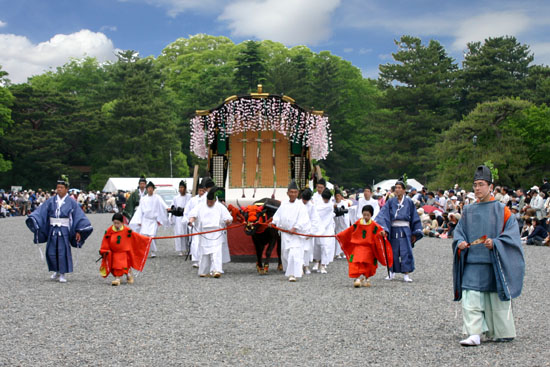
.jpg)
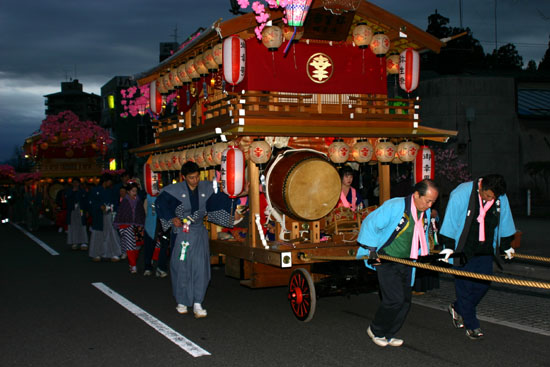
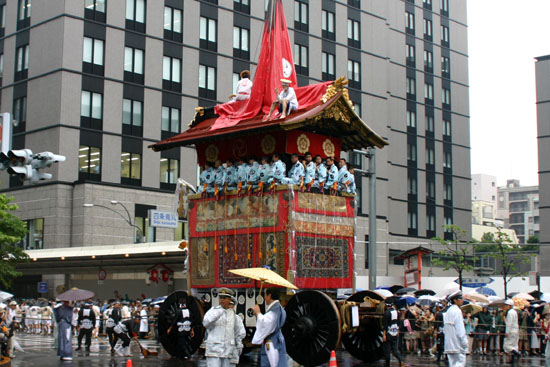
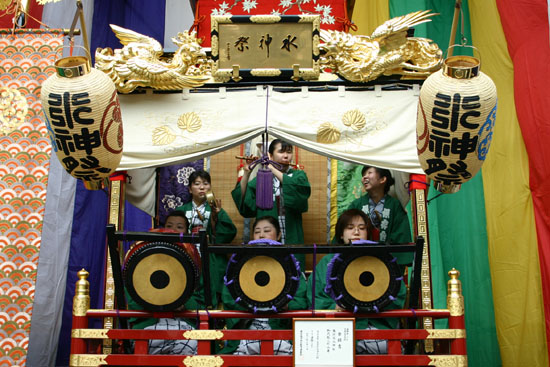
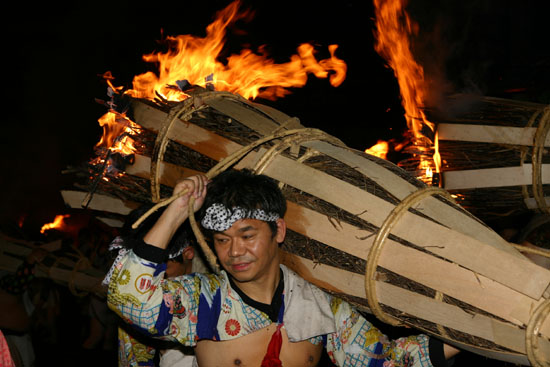
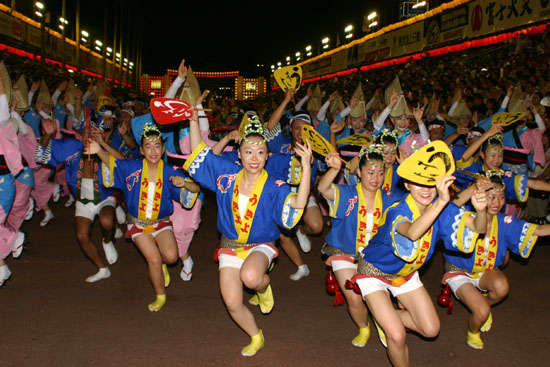
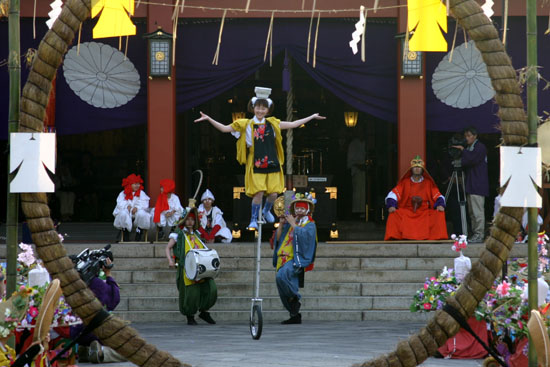
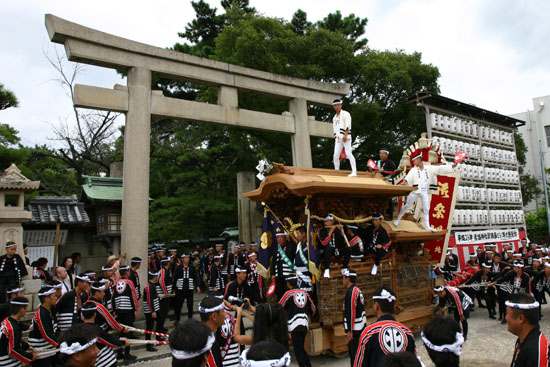
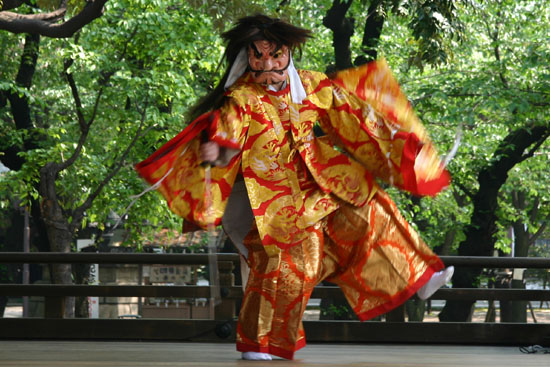
.jpg)